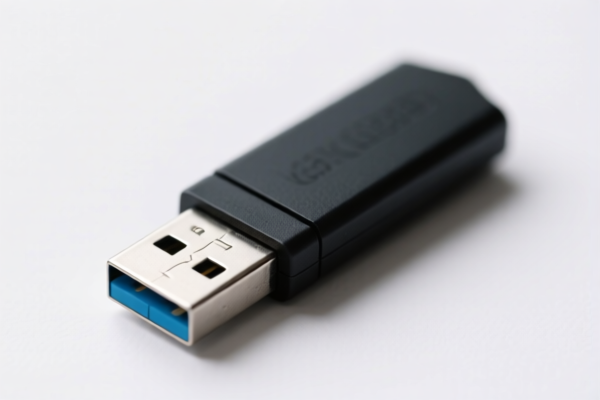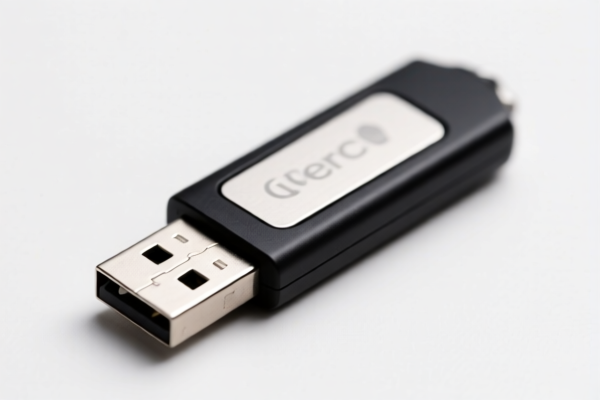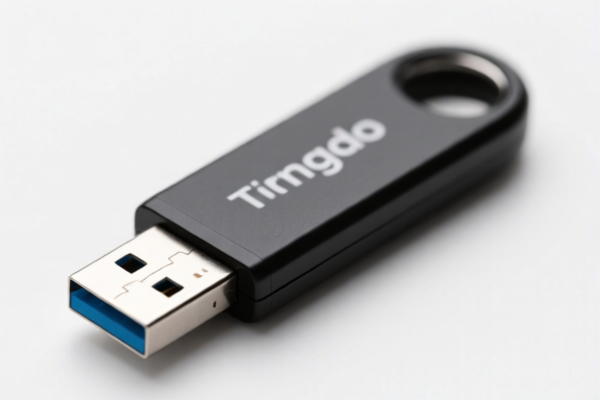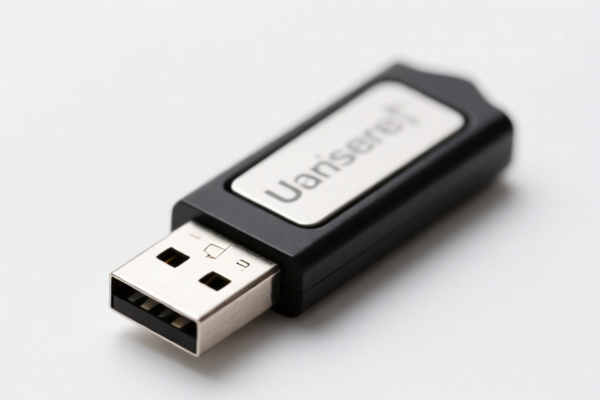| HS Code | Official Doc | Tariff Rate | Origin | Destination | Effective Date |
|---|---|---|---|---|---|
| 8523510000 | Doc | 37.5% | CN | US | 2025-05-12 |
| 8543708900 | Doc | 37.5% | CN | US | 2025-05-12 |
| 8543906800 | Doc | 55.0% | CN | US | 2025-05-12 |
| 3923900080 | Doc | 58.0% | CN | US | 2025-05-12 |




USB Flash Drive
A USB flash drive, also known as a thumb drive, pen drive, memory stick, or data stick, is a portable data storage device that uses flash memory to store digital information. The “8GB” denotes its storage capacity – 8 gigabytes, representing the amount of data it can hold.
Material:
- Housing: Typically constructed from plastic or metal (often aluminum alloy) for durability and protection of internal components.
- Connector: Features a USB Type-A connector (most common), though newer models may utilize USB Type-C.
- Memory: Employs NAND flash memory chips to store data non-volatily.
- Controller: A small microcontroller manages data transfer and communication with the host computer.
Purpose:
The primary purpose of a USB flash drive is to easily transfer and store digital data between computers and other devices.
Function:
USB flash drives function by utilizing a USB interface to connect to a host device. The drive appears as a removable storage device, allowing users to:
- Store Files: Documents, images, videos, audio, and other digital content.
- Transfer Data: Move files between computers, printers, media players, and other compatible devices.
- Bootable Drives: Some drives can be configured to boot operating systems, enabling system recovery or running portable applications.
- Data Backup: Provide a convenient method for creating backups of important files.
Usage Scenarios:
- Data Transport: Sharing files between individuals or computers without relying on network connections.
- Software Installation: Carrying portable applications or installers.
- System Recovery: Booting a computer from a recovery image stored on the drive.
- Personal Storage: Storing personal files for convenient access on multiple devices.
- Media Playback: Playing audio and video files on compatible devices.
Common Types:
- Standard USB 2.0 Drives: Older technology, slower transfer speeds, generally more affordable.
- USB 3.0/3.1/3.2 Drives: Faster transfer speeds compared to USB 2.0, offering significantly reduced data transfer times. Often backwards compatible with USB 2.0 ports.
- USB 3.1 Type-C Drives: Utilize the reversible USB Type-C connector, offering fast transfer speeds and compatibility with newer devices.
- Encrypted Drives: Include hardware or software encryption to protect sensitive data.
- Ruggedized Drives: Designed with durable housings to withstand physical damage and harsh environments.
- Bootable Drives: Pre-configured or designed for creating bootable operating system images.
- OTG (On-The-Go) Drives: Compatible with smartphones and tablets for direct data transfer.
The declared goods, a USB flash drive 8GB, are electronic storage devices used for recording and reproducing data. They are portable and utilize solid-state non-volatile storage.
The following HS codes are relevant based on the provided information:
- 8523510000: This HS code covers discs, tapes, solid-state non-volatile storage devices, "smart cards" and other media for the recording of sound or of other phenomena, whether or not recorded, including matrices and masters for the production of discs. It specifically includes semiconductor media: Solid-state non-volatile storage devices. The basic tariff is 0.0%, with an additional tariff of 7.5%, increasing to 30% after April 2, 2025, resulting in a total tariff of 37.5%.
- 8543708900: This HS code covers electrical machines and apparatus having individual functions, not specified or included elsewhere. More specifically, it includes other portable battery operated electronic readers for recording and reproducing text, still images or audio files. The basic tariff is 0.0%, with an additional tariff of 7.5%, increasing to 30% after April 2, 2025, resulting in a total tariff of 37.5%.
Note: A USB flash drive falls under the definition of a solid-state non-volatile storage device, making HS code 8523510000 the more precise classification. However, if the USB drive has battery operation and is marketed as a portable reader, HS code 8543708900 could also be considered. It is recommended to consult with customs authorities to determine the most appropriate classification based on the specific features and intended use of the product.
Customer Reviews
No reviews yet.